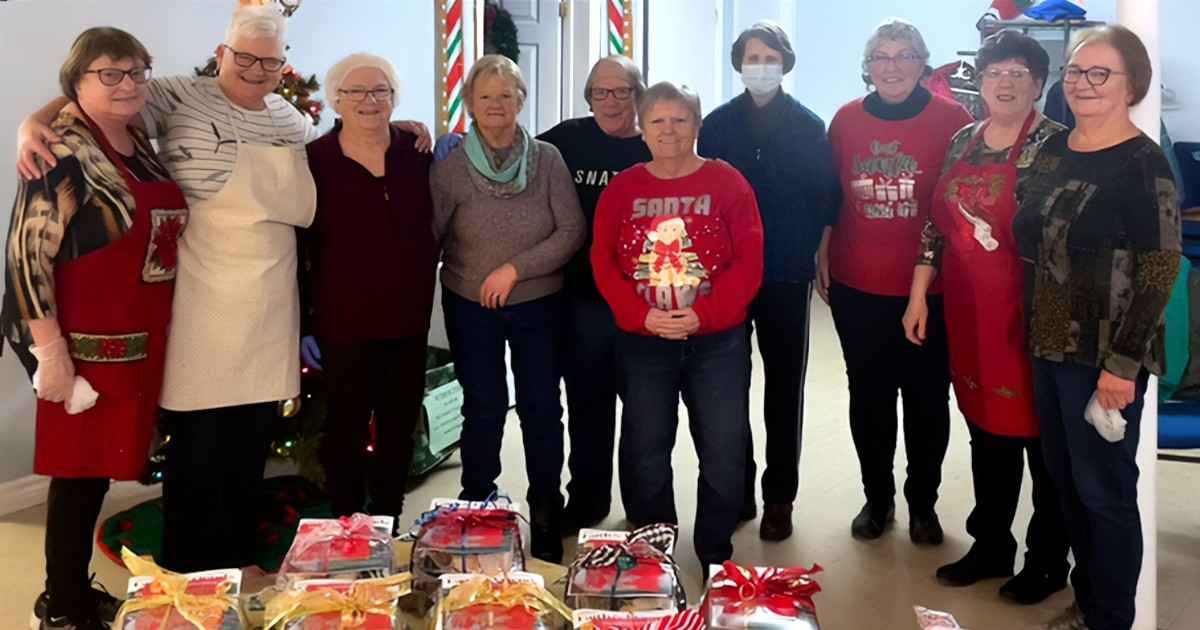After the slow days of summer, September brings a fresh start. As we kick off a new season of ministry, how can we meaningfully connect with newcomers who come through our doors? How can we welcome, support and integrate them into the life of the corps?
Here are 10 characteristics of the most welcoming Salvation Army corps, along with concrete action points:
1. They have a dedicated, passionate and committed welcoming team. The team is made up of individuals who are inherently inclusive and are able to make connections. Welcoming is valued as an important and integral contribution to the work of the church, not merely as a gap to be filled.
2. They identify and welcome each newcomer. Service hosts don’t draw attention to the newcomer in the meeting. They understand that not everyone who walks into a service wants to be known or seen. A welcoming corps is respectful of the individual’s journey. This is particularly of great importance when a corps has a connection with a local social services ministry.
3. They do more than just point out the bathrooms. They are able to make people feel comfortable and at ease. This includes helping the visitor know about any children’s programs, morning tea or after-church lunches that may be running.
4. They ensure that their meetings are inclusive and are conducted in a way that is accessible to newcomers. This includes ensuring that any welcome and announcements are geared at making newcomers feel comfortable and aware of what’s going on. They don’t use lots of Salvation Army “lingo,” rather, they explain things in easily understood English
- Action point: Develop materials that can be widely used in corps that explain The Salvation Army in everyday language—not just in English, but in other major community languages as well.
5. They provide welcome packs. These packs include information not only about events in the life of the church, but also information about the culture and vision of the church.
- Action point: Develop some basic welcome packs that can easily have local information added and changed. Ensure that there are multilingual options available.
6. They prioritize genuine friendships. They recognize that for someone to settle into their church takes considerable effort on both sides. They offer and pursue an intentional relationship regardless of whether someone is simply “checking it out” or actively in the process of making the corps their home church. They don’t give up on a relationship if the newcomer doesn’t speak English. They learn some words in the spoken language and show a commitment to connection.
7. They host well-organized, semi-regular gatherings for newcomers to come together and meet with some of the leadership of the church. These events are not held as an isolated event, but rather, augment the meaningful connections already made with newcomers.
- Action point: Create a visual presentation (video/graphic), including subtitles in major community languages, that can be used at these gatherings to better explain what it means to be a modern Salvation Army.
8. They acknowledge their weaknesses in inclusion and embark on developing understanding and making changes to ensure that they reflect the community they serve.
- Action point: Research the demographics of the community to understand the potential for local mission delivery.
9. They are able to make strong connections with other Salvation Army expressions that are located in or near their worshipping community. They understand that integrated holistic mission requires collaboration and connection.
- Action point: Understand the present and potential local mission delivery. Resources such as integrated mission provide an excellent starting point for discussion and reflection.
10. They acknowledge their limitations. They are able to express their needs for growth and improvement and actively seek input and inspiration.
Amanda Lennestal and Samantha Tan prepared this article for Others magazine (Australia Territory) while members of the mission support team. Reprinted with permission.
Photo: digitalskillet1/stock.Adobe.com










Comment
On Thursday, August 26, 2021, Natalia DeBoer DeBoer said:
Leave a Comment